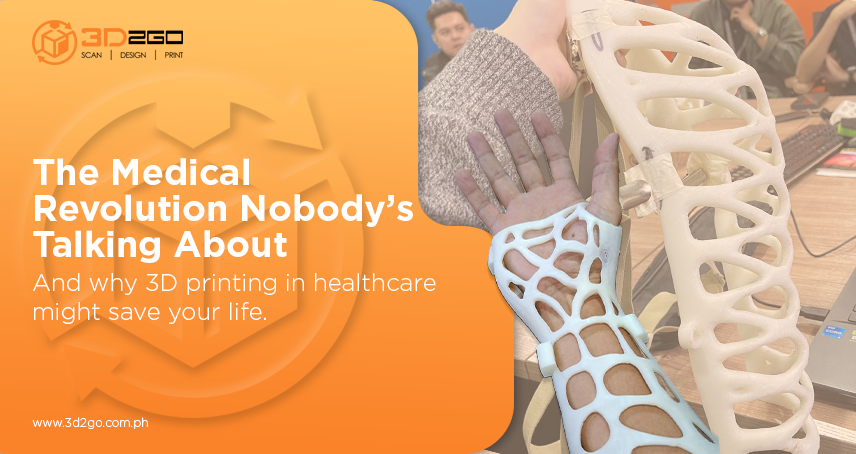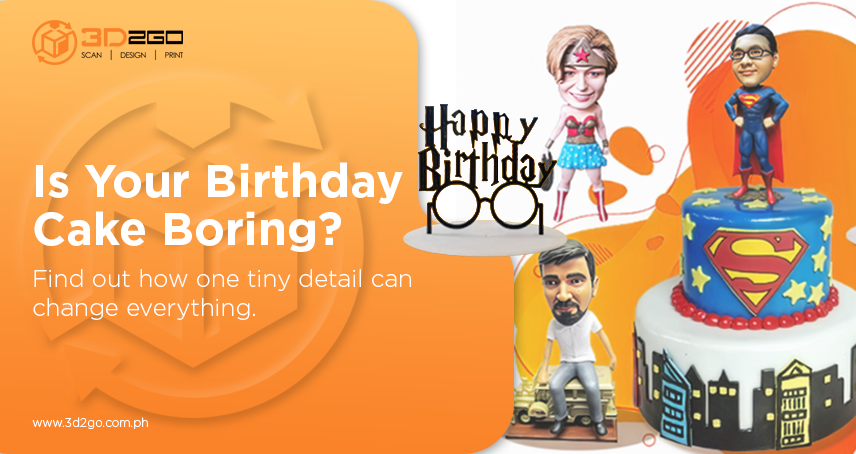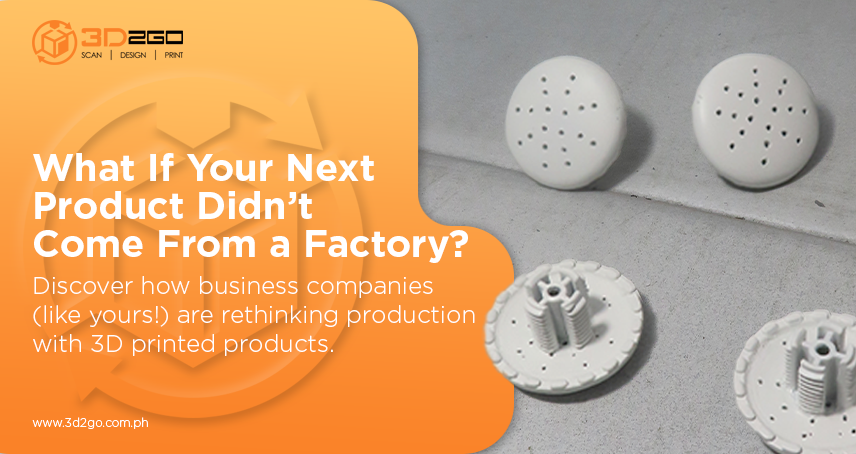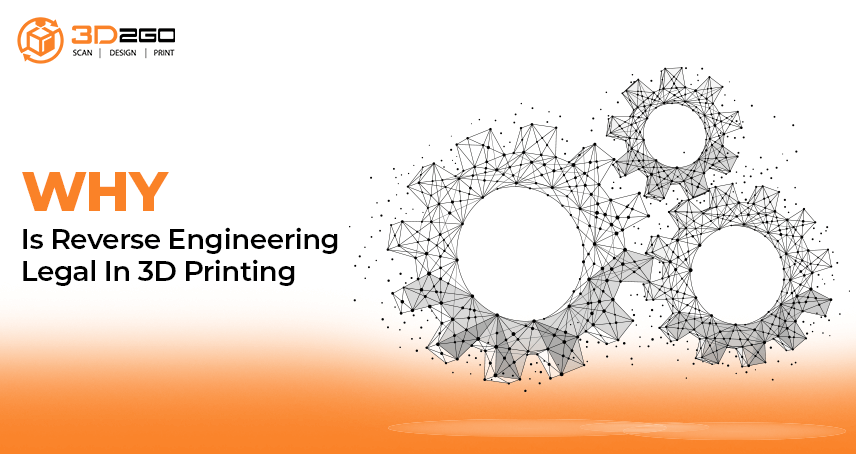
Why Is Reverse Engineering Legal In 3D Printing
June 7, 2022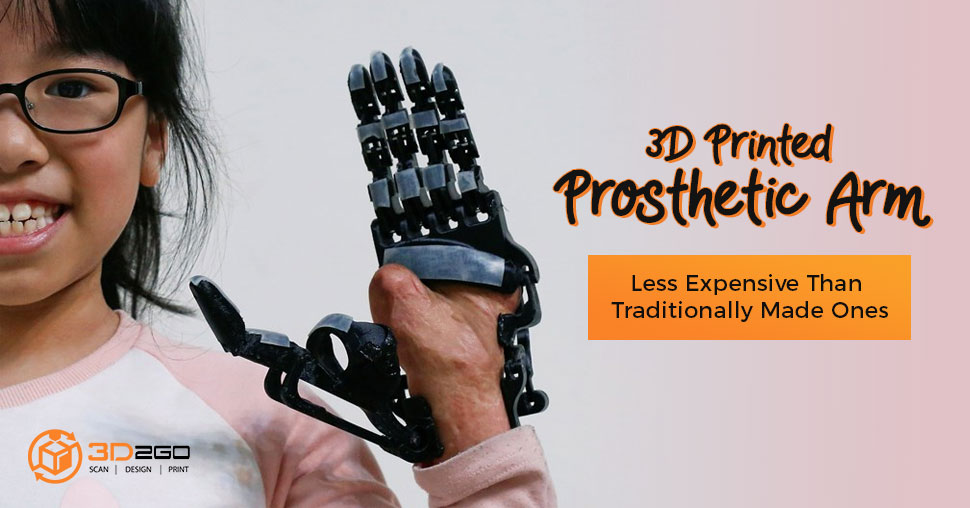
3D Printed Prosthetic Arm
June 7, 2022As children, the word dentist can make us tremble. As adults, a visit to the dentist can make us cringe. The apparatuses, the pain, the time we have to spend waiting, not to mention the money we have to spend in each visit is enough to keep most of us from having our teeth checked. Despite those things, we, as adults, know that it is necessary to have good oral health — or at least a desirable set of teeth. It affects the way we carry ourselves in public.
What if we tell you that there is a modern technology that can make your trip to a dentist less time-consuming, less painful, but more exciting?
Powered by science
Introducing 3D dental technology.
Through this, dentists can have full access to a patient’s mouth, helping them to come up with a better diagnosis. It also guides them in determining the next step for less painful and effective medical care.
To facilitate this type of treatment, dentists use the cone beam computed tomography machines (CBCT). A CBCT scans a patient’s mouth and captures images that are used to construct a 3D representation.
Compared to the traditional use of x-rays that produce 2D files, the use of this technology reduces the exposure to radiation. It can also pass easily through soft tissue, allowing the dentist to have a closer view of the tiny spaces of within the gums. This advanced 3D dental technology can also help in spotting early stages of tooth decay, diagnose TMJ disorder, and spot cracks and fractures that are usually overlooked when using 2D radiographic x-rays.
The applications of 3D dental technology
3D dental technology is useful for teeth cosmetic or restoration, orthodontic, and dental implants.
Restoration
- Bone Grafts
- Root canals
- Inlays
- Onlays
- Veneers
- Crowns
Orthodontic
- Jaw growth problems
- Congenitally missing teeth
- Extra teeth
- Crowded or protruded teeth (usually treated through braces)
- Spacing problems
Dental implants
- Endosteal implants
- Subperiosteal implants
A 3D model is more stable, durable, and precise to use when treating the aforementioned problems because of its higher level of attention to detail. Additionally, it removes the often nauseating and unpleasant process of asking a patient to bite an impression material.
Aside from making the entire experience comfortable, a 3D dental technology also results in a more accurate end-result — leading to high-quality dental services that can attract more patients who want to improve their oral health.
Other cool dental technologies
Of course, the developments in the field of dentistry is not only limited to those mentioned above. The impressive growth of technology often results in fascinating products that can eventually improve the quality of human life.
For instance, researchers from a private university in Saudi Arabia are developing smart 3D braces that aim to speed up the process of aligning and straightening the teeth with the help of LED lights. Currently under development, this technology is not yet available to the public but has already given fresh insights with how dentistry would become in the future.
With the presence of these cool technologies, our stigma about dentists being scary and intimidating can be replaced with fascination.
Contact us for 3D printing and 3D scanning needs!



